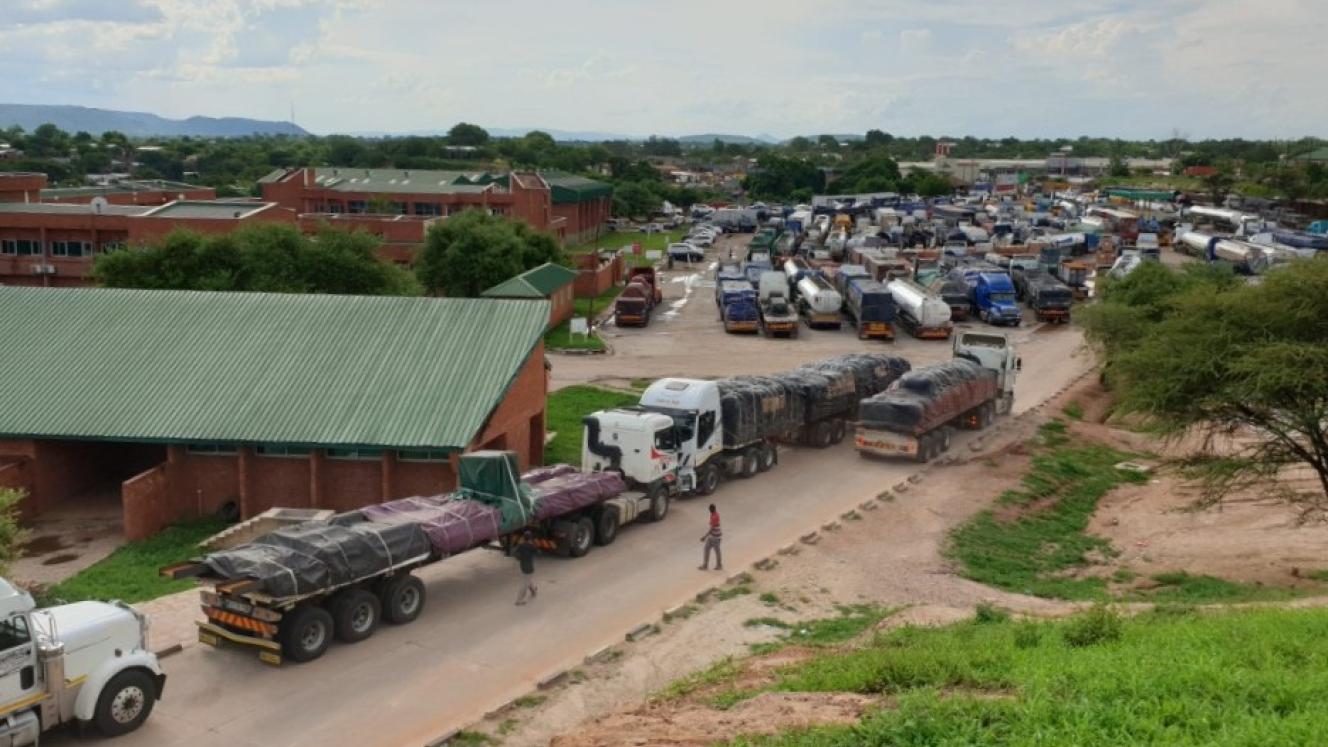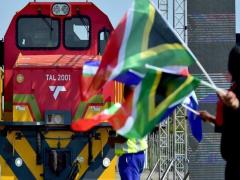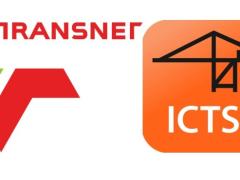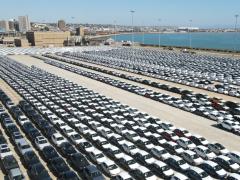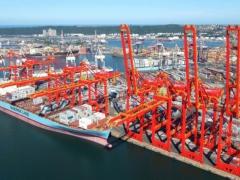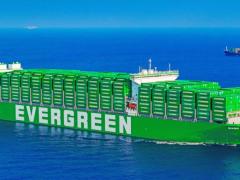Long-distance road freight in Sub-Saharan African (SSA) is notoriously caught up in congestion and cross-border snags, especially on the North-South Corridor (NSC) linking the Port of Durban with the Copperbelt.
But a new platform, the Trans Africa Border Hub (TABH), endorsed by one-stop border post (OSBP) consultant Mike Fitzmaurice, hopes to address waiting time and transport costs.
Launched by border consultant Kage Barnett, a regular adviser to the Southern African Association of Freight Forwarders on various cargo corridors, TABH is a handy tool for daily-updated data on routes and related incidents, cross-border charges, tolls, traffic, GPS locations and bottlenecking.
Barnett said the idea had originated out of the need for industry to have access to the kind of information that was not ordinarily available online.
“Foreign transporters need to know what’s happening at any given time on corridors like the NSC, but don’t always have access to the relevant detail. When they do, they don’t always have the time to sift through all the information. They need someone to crunch figures into usable information, accurately assessed along with the situation on the ground. That’s where we hope to step in.”
He said the data pipeline that TABH had secured with Fitzmaurice, widely recognised by the cross-border industry for his interventions courtesy of the Transit Assistance Bureau, meant the hub had a unique value proposition.
“Mike has contacts at customs authorities and border agencies across the region, which is why transporters turn to him when trucks get stuck at various corridor points. We couldn’t ask for a better partner for TABH.”
Although the platform serves the entire SSA region, Barnett said they had chosen the NSC as a pilot corridor for TABH.
“The corridor up from Durban is receiving a lot of competition from corridors linking up with the Copperbelt, like the ones going to Walvis Bay and Dar es Salaam. But make no mistake, the NSC is still a very busy corridor and carries cargo not just meant for the mines in Zambia and the Democratic Republic of the Congo (DRC).”
The TABH comes at a time when there is a lot happening at the port, on the NSC and on the OSBP front.
A recent High Court ruling has found in favour of International Container Terminal Services Incorporated to assume control of 49% of Durban Pier 2 for a period of 25 years, the OSBP Bill looks like it's about to become an Act, and competition to improve multimodal logistics on the N3 is fiercer than ever before.
“Things are changing on the NSC; that much is clear,” Barnett said.
“It may take some time for cargo volumes on the corridor to increase but I think it’s coming.”
According to historical data by the Japan International Cooperation Agency, the NSC carried about 4.1 million tonnes of transit cargo at one stage – pre-Covid and pre-smart tech digitisation.
Since then, global demand for copper and cobalt has spiked, and about 70% of the latter commodity comes out of the DRC.
Barnett said: “Projections point to more volume on corridors like the NSC, and we need to do whatever we can to help the transport industry.
“We’ve even considered getting an NSC Committee on the go to involve all countries and border crossings along the route, but that would take a monumental effort.
“Until such time, there is the TABH.”
